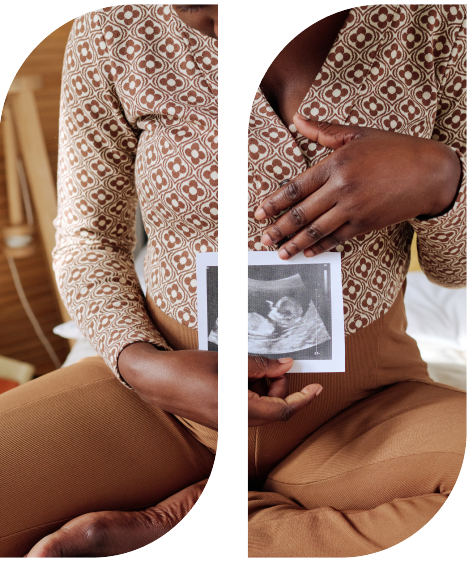
Wearable Devices For Remote Health Monitoring In Africa :
Transforming Healthcare at Your Fingertips
Introduction
Benefits and Applications
- Remote Health Monitoring: Wearable devices allow individuals to track their health indicators from their homes, eliminating the need for frequent visits to healthcare facilities. This is particularly beneficial for patients in remote and underserved areas where access to healthcare is limited.
- Antenatal Care: Pregnant women can use wearable devices to monitor their health and track the development of their foetus. They can receive reminders and alerts for antenatal visits, medication schedules, and important tasks. These devices also monitor factors such as foetal heart rate, movement, and uterine activity, providing reassurance and peace of mind to expectant mothers.
Ethical Considerations
- Data Privacy: As wearable devices collect sensitive health information; strict data privacy and security measures are crucial. Guidelines should be in place to protect user data and prevent misuse or unauthorized access.
- Equity and Accessibility: It is important to ensure that wearable devices are accessible and affordable for all individuals, regardless of their socioeconomic status. Efforts should be made to prevent disparities and promote equity in access and use of wearable devices.
Opportunities for use
- Remote Areas: Wearable devices can greatly benefit individuals in remote and underserved areas where healthcare facilities may be far away or inaccessible. By enabling remote health monitoring, these devices can overcome geographical barriers and ensure timely healthcare interventions.
- Chronic Disease Management: Africa is facing a rising burden of chronic diseases such as diabetes, hypertension, and obesity. Wearable devices can play a vital role in managing these conditions by continuously monitoring health indicators and providing personalized insights and recommendations for self-care.
Challenges
Infrastructure: Limited internet connectivity and access to smartphones or computers may pose challenges in implementing wearable devices in Africa. Partnerships with telecommunications companies can improve network coverage, and wearable devices can be designed to store data locally and sync with devices once a stable internet connection is available.
User Education and Adoption: Lack of familiarity with wearable devices may hinder their adoption in Africa. Education and awareness campaigns, workshops, community events, and partnerships with local healthcare providers can help promote the benefits of wearable technology. User-friendly interfaces and instructional materials can assist users in effectively utilizing and interpreting data from their devices. Support mechanisms, such as helplines or online forums, can provide ongoing assistance to users.
Mitigation plan
- Infrastructure: Collaborate with telecommunications companies to expand network coverage and ensure reliable internet connectivity. Design wearable devices to have offline capabilities, enabling them to store data locally until an internet connection is available.
- User Education and Adoption: Develop comprehensive education and awareness campaigns, including workshops, community events, and partnerships with local healthcare providers. Create user-friendly interfaces and instructional materials. Establish support mechanisms, such as helplines or online forums, to provide ongoing assistance. Regularly evaluate and update educational materials and training programs to stay up-to-date with emerging technologies and user needs.
Cost Requirements
The cost of wearable devices can vary depending on brand, features, and functionality. Collaboration between governments, healthcare providers, and technology companies can help drive down costs and make these devices more affordable for the population in Africa.
Key stakeholders for implementation
- Governments: Governments play a crucial role in creating policies and regulations that support the use of wearable devices in healthcare. They can also facilitate partnerships and initiatives to make these devices accessible to all segments of the population.
- Healthcare Providers: Healthcare providers can integrate wearable devices into their existing systems and processes. They can provide guidance and support to individuals on how to effectively utilize the data generated by these devices to manage their health.
- Technology Companies: Technology companies play a key role in developing and manufacturing wearable devices tailored to the needs and context of Africa. They can collaborate with healthcare providers and governments to ensure that these devices are cost-effective, reliable, and meet the specific healthcare requirements of the region.
